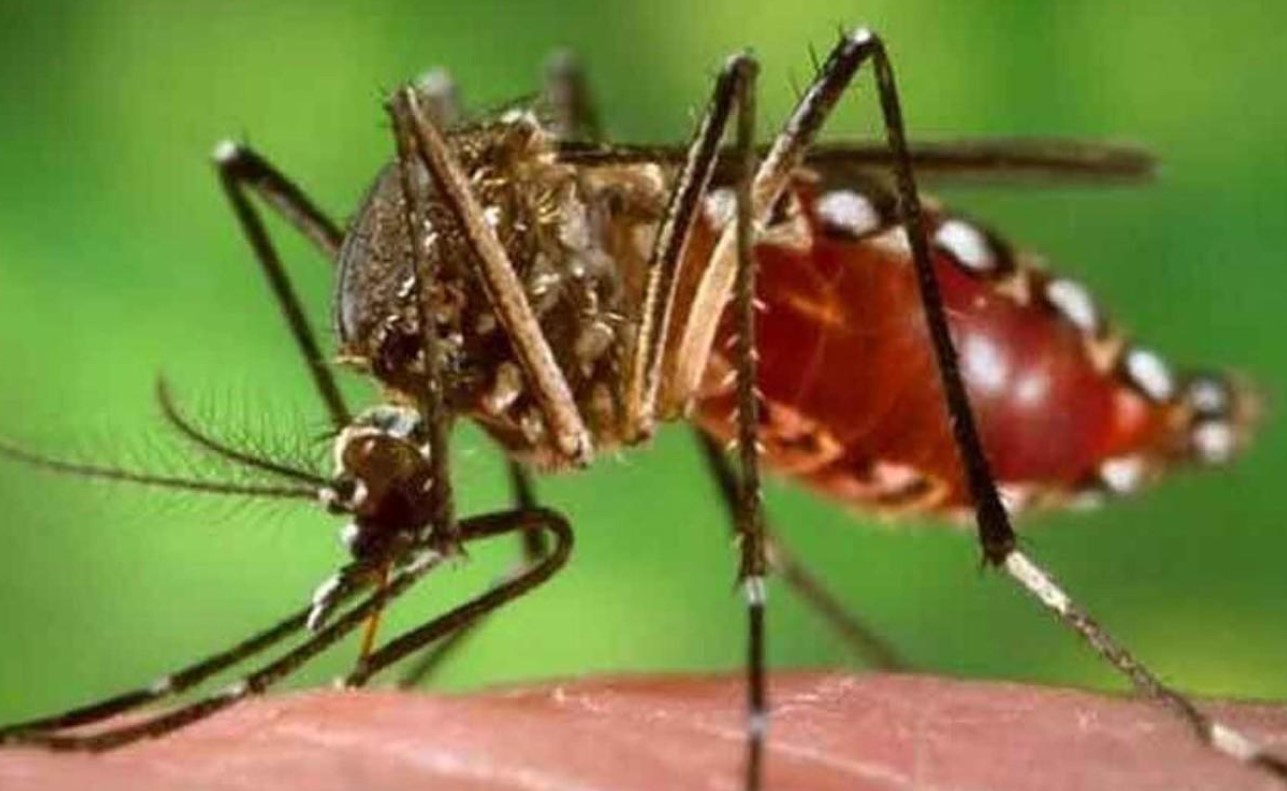Andhra Pradesh is putting tech to work — and mosquitoes on notice. The state is launching a first-of-its-kind AI-powered mosquito surveillance system in a major bid to combat vector-borne diseases and trim costs for cities drowning in fogging chemicals.
Six major municipal corporations are in line for the pilot. It’s not just about squashing mosquitoes; it’s about turning data into action. And maybe, just maybe, giving health workers a break from the endless “blind spraying.”
High Stakes for Public Health — and for Civic Budgets
Mosquitoes aren’t just annoying. In India, they’re dangerous. Think dengue, chikungunya, malaria — each year, they make thousands sick and drain public healthcare resources.
The new Smart Mosquito Surveillance System (SMoSS) could be a game changer for densely populated urban areas. Built with AI, IoT sensors, and real-time dashboards, the system is designed to spot trouble before it spreads. Literally.
But there’s more. SMoSS isn’t only about swatting bugs. It’s about saving taxpayer money. Local officials say the program will cut chemical use, slash operational costs, and bring accountability to a system that’s been mostly guesswork until now.

How It Works: Sensors, Drones, Dashboards, and Data
The core of SMoSS is deceptively simple — place smart sensors where mosquitoes thrive, gather data, and take action. But what those sensors do is anything but basic.
-
They detect specific mosquito species.
-
They identify their gender.
-
They record environmental data like temperature and humidity.
-
They count mosquito density in real-time.
Here’s the kicker: when numbers spike, the system sends an automatic alert. No more waiting for complaints or guessing which neighborhood needs spraying. It’s all on a centralized dashboard that tells city officials exactly where to go.
Drones will also be used to spray larvicide with precision, reducing chemical waste. This means fewer toxins in the environment, more efficiency in operations, and faster results.
The First Test: 66 Locations, 6 Cities, Big Expectations
Andhra Pradesh isn’t dipping a toe in the water — it’s jumping in. The pilot program is rolling out in 66 locations across six urban hotspots. Here’s how it breaks down:
| City | No. of Locations |
|---|---|
| Greater Visakhapatnam | 16 |
| Vijayawada | 28 |
| Kakinada | 4 |
| Rajamahendravaram | 5 |
| Nellore | 7 |
| Kurnool | 6 |
That’s a total of 66 zones where officials will monitor the system’s performance and adjust based on real-time feedback.
Principal Secretary Suresh Kumar and Director P Sampath Kumar recently gave the green light after reviewing SMoSS’s prototype. The system was developed by a private tech agency and has already been through several rounds of internal testing.
Accountability Now Has an App
This isn’t just about tech — it’s about fixing a broken loop between citizens and the people in charge of public health.
Two mobile apps, “Vector Control” and “Puramitra,” will let both field workers and regular citizens report mosquito outbreaks or inefficiencies in spraying. These aren’t just suggestion boxes. The data will feed directly into the central system, keeping contractors and agencies on their toes.
And here’s the twist: the entire program is being outsourced to private players — but payment will depend on results. No more pay-now-fix-later setups.
A Long-Overdue Shake-Up for Old Methods
Let’s be honest — traditional mosquito control methods have always been a bit… outdated.
Fogging trucks roll through neighborhoods whether they need it or not. Chemicals get sprayed in the rain. Civic workers manually record data that often disappears into a filing cabinet. SMoSS tosses that playbook out the window.
Three paragraphs here:
-
The use of AI sensors and drones puts Andhra Pradesh among the first Indian states using deep tech for vector control.
-
It’s not just flash — it’s efficiency, targeting, and proof.
-
And in the middle of India’s hot, humid monsoon season, this could be the difference between a mild outbreak and a public health emergency.
Citizens Are Watching — and Officials Know It
Public sentiment has shifted. People expect smarter governance. And officials like Suresh Kumar are responding.
The feedback loop created by apps and AI won’t just help spot outbreaks. It also gives regular people a voice in how their cities respond. That’s powerful. That’s new.
Sure, there will be hiccups — tech always has growing pains — but officials believe the payoff will be worth it.








